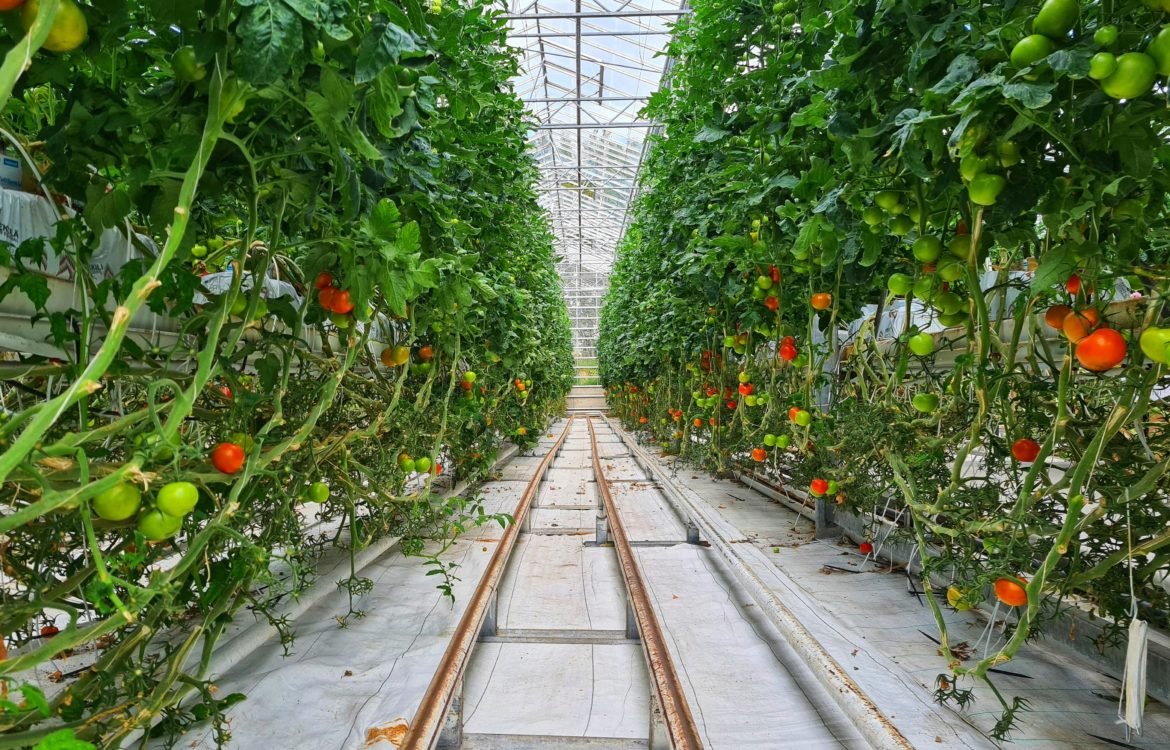
Vertical Farming and Transition Scenarios
By Prof. Gianluca Brunori
The vertical farming makers promise a true revolution in the agricultural world. Investors are betting on its success, and many analysts predict significant growth rates in the sector. Vertical farming meets the desire for the industrialization of agriculture that many investors have always dreamed of.
Thanks to a closed and controlled environment, vertical farming can almost completely close the process cycles. The presence of external pathogens can be drastically reduced, thus eliminating the need for pesticides. The closed systems of vertical farming allow for the application of precision farming principles to an extreme degree, making agricultural processes more predictable and manageable, and can provide a huge amount of data useful for modeling them.
The real critical points of vertical farming are the cost of energy, as vertical farming does not benefit from natural lighting, making this industry dependent on the energy industry, and the cost of capital, whose ratio to other factors is much higher than that of traditional agriculture.
To understand the future developments of vertical farming, it is necessary to analyze how the main megatrends might influence its adoption on a global scale. The convergence of digital, genetic, energy, and circular economy technologies is at the core of vertical farming. Digital technologies, such as the Internet of Things (IoT) and artificial intelligence, enable optimal monitoring and management of crops. Genetic technologies, also thanks to the large amount of data collected, can help develop plants more suited to vertical farming. Primarily using electricity, vertical farming can more easily harness renewable energy sources, especially where excess energy can be used that exceeds the grid’s absorption capacity. Additionally, water, CO2, and oxygen can be reused.
From a political standpoint, deglobalization, market instability, and conflicts could incentivize a greater share of local production to ensure food supply in situations of instability in traditional supply chains. Furthermore, the integration of vertical farming into cities can reduce the distance between production and consumption, contributing to a new urban development model.
On the social front, there is a growing interest in residue-free products. However, there could be a problem of social acceptability: while some consumers enthusiastically embrace technological innovation in agriculture, others are wary of products they perceive as artificial.
From an economic perspective, the economics of vertical farming depend on various factors, including energy markets, sensors, hydroponic components, and climate control. Innovation and economies of scale in lighting technologies, sensors, and climate control and hydroponic technologies can reduce the associated costs.
Considering that the range of economically feasible crops is limited, we must still exclude the possibility that vertical farming can replace outdoor agriculture. In this regard, it is necessary to temper the optimism of many. However, vertical farming could be competitive with protected crops, proving particularly advantageous in areas where water and soil are limited resources, and where, as in Northern countries, lighting is scarce for a good part of the year. In conclusion, vertical farming is a model to watch closely, which could represent an innovative solution in specific contexts and in the face of new scenarios.
Acknowledgement: The English translation of the of the article is published on PAGE upon the request of the author. The original content is in Italian, which was published on Accademia dei Georgofili and can be accessed here.

